The Dark Side of the SAMARITAINE
0 Comments Published by Cedric Benetti on Sunday, November 2, 2008 at 11/02/2008 10:36:00 PM.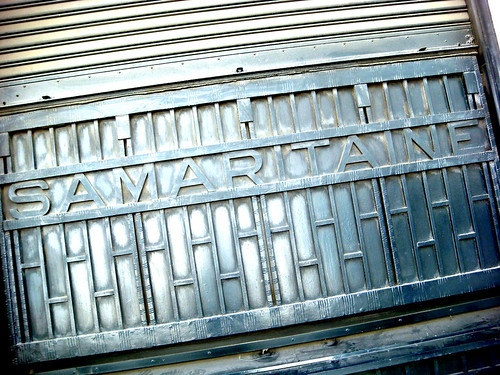
The store was first opened in 1869 by Ernest Cognacq and Marie-Louise Jaÿ, his wife and incidentally the first clothing vendor at Le Bon Marché, a rival department store. Cognacq began his trade on the rue de la Monnaie, starting out on a small scale with a very small boutique. By 1900, the couple had decided to expand their enterprise, giving birth to the large edifice seen today, the "Grands Magasins de La Samaritaine."
Inspired by the commercial methods of Aristide Boucicaut to those of Le Bon Marché, Ernest Cognacq drew upon various sources in organizing the ideal (and ideally managed) department store. Through the steady acquisition of neighboring buildings, Ernest Cognacq regularly expanded what could no longer be called a "boutique."
The surrounding city blocks were entirely reworked and reconstructed progressively from 1883 to 1933, notably, between 1903 and 1907, this work was taken on by the architect Frantz Jourdain, whoapplied an Art Nouveau aesthetic to the building.
Further structural changes were successfully completed in 1933 by Henri Sauvage who, in his turn, reworked the architecture to reflect the aesthetic principles of Art Déco. The result was an eleven-story department store, one that is today considered a historical monument.

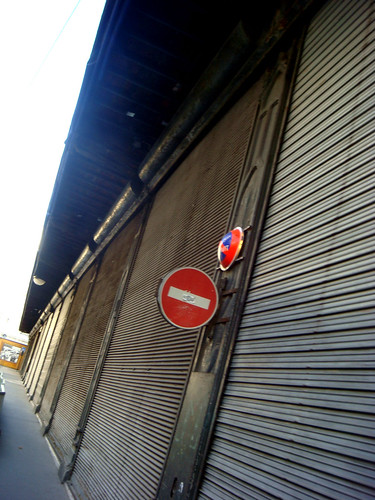
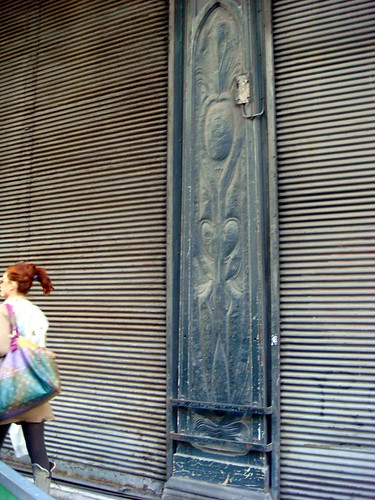


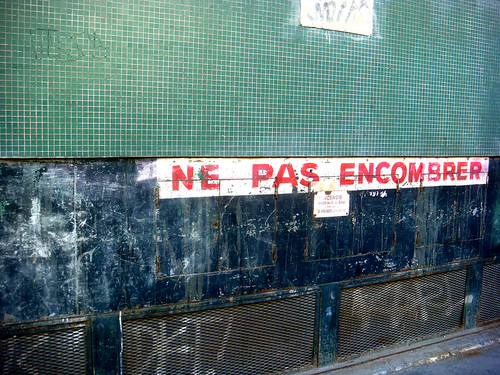
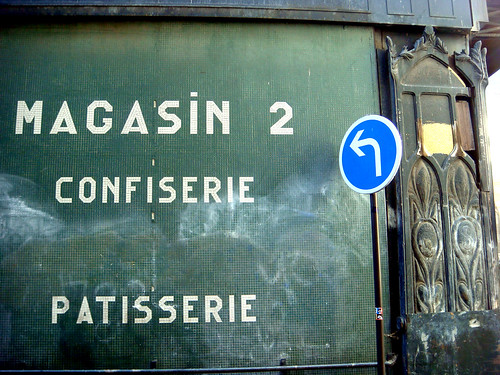
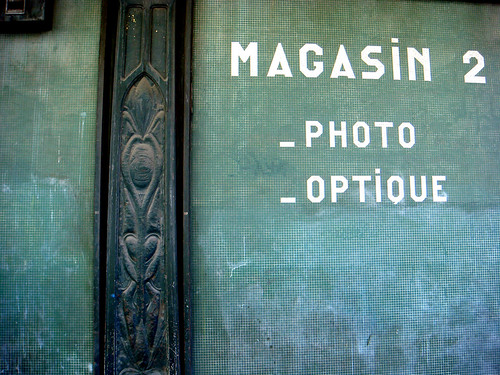
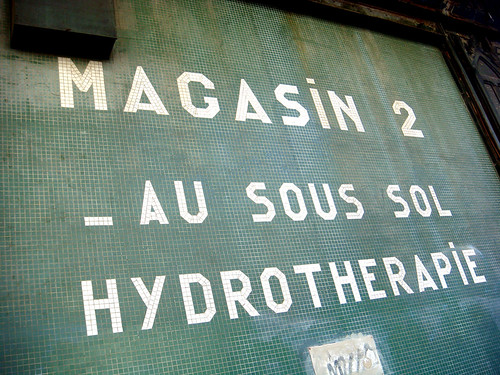
The back alley of the Samaritaine, with the connecting passage to the menswear building. This part shows a cast iron facade with a decor of leaves and various kinds of flowers.

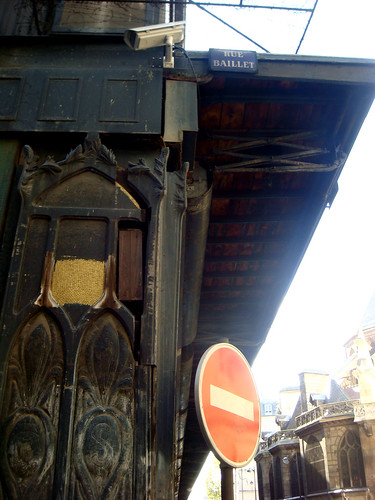
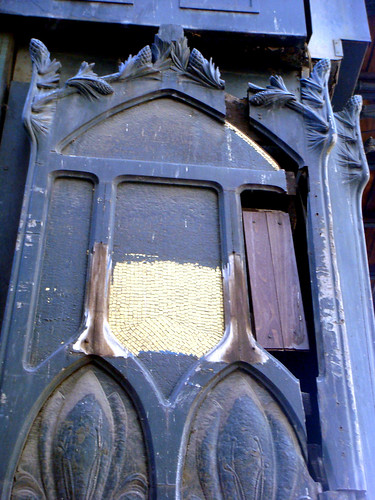
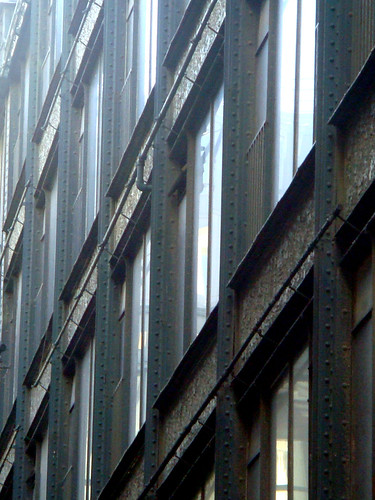

Various ads for goods sold in the store are stil somewhat visible on the cast iron parts of the facade. This one says "Eclairage", "lights"

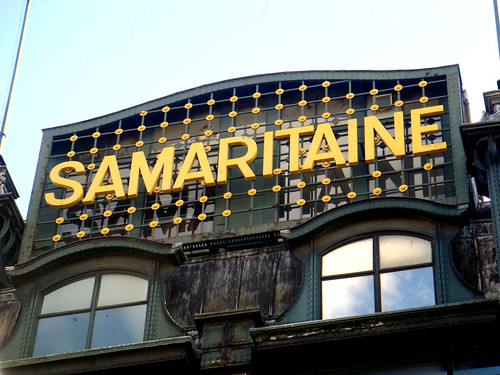
Two abandoned shopping carts next to the Samaritaine, almost a reminder of the lost glory of the neighborhood.
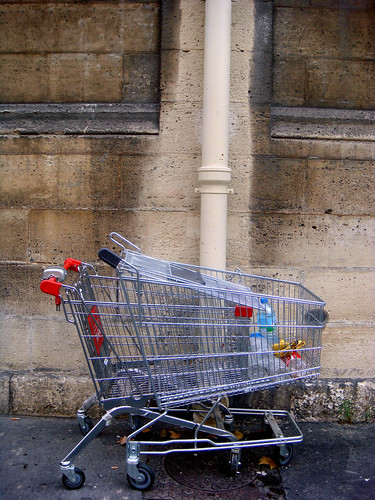
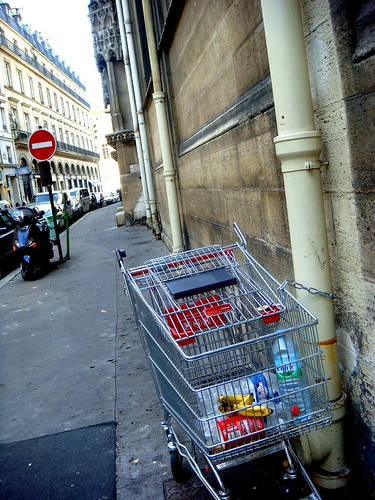
Labels: Architecture Instant Love, PARIS - THEN and NOW, paris history, Paris street stuff (NOT a TOILET)

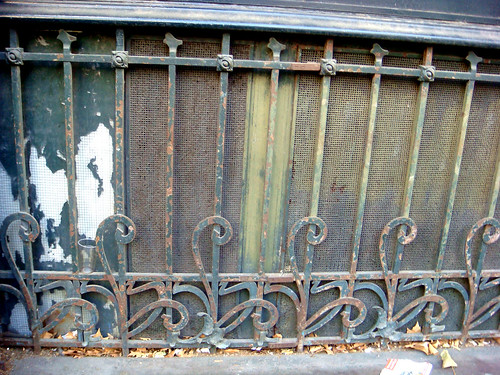























0 Responses to “The Dark Side of the SAMARITAINE”
Post a Comment